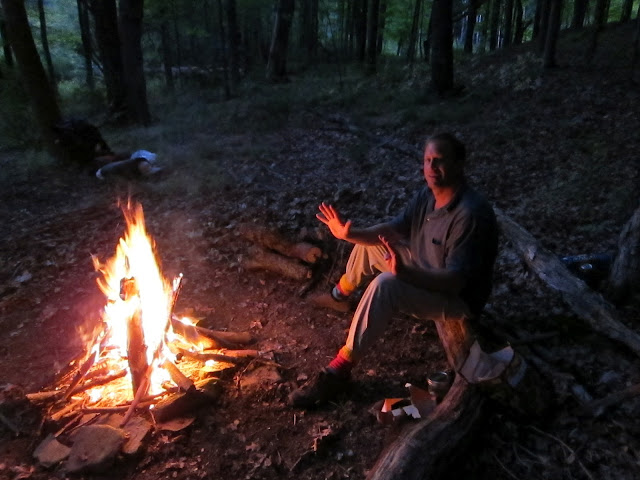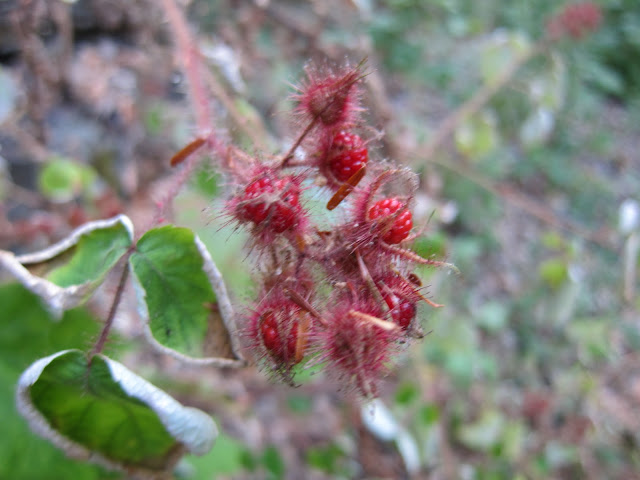We completed the first stage--and likely the most involved--of our first elderberry wine making adventure the other day. In all, it took four days, quite a bit of guesswork, and what must have been a hundred different checks of the wine's temperature while waiting for it to cool below 90 degrees Fahrenheit (it took about six hours for it to go from about 140 to 90). We also doubled the wine's recipe in order to make two gallons, using nearly 7 lbs of berries.
Here the berries are in the mesh bag, rinsed and ready to be smashed. We salvaged the gallon bucket from the nearby food co-op. This bucket had previously held feta cheese.
Once the berries have been smashed, we added the sugar, orange juice, and grape juice concentrate as the recipe called for.
Then comes the hot water. We put an old towel under the winemaking proceedings to catch any spills. It came in handy.
When you lift out the berry bag, what remains will become wine. Also green goo.
A couple quick observations:
- DIY stoppers Modeling clay makes for a decent stopper.
- Mesh bags The small wire mesh bag used for holding the berries during crushing, which I feared would be too small, provided plenty of space to for the 7lbs of berries we used, especially once they were crushed. It could probably handle twice that amount.
- The heavy lifting Most of the work came in the first day: mixing the ingredients, mashing the berries, squeezing the oranges and lemons, boiling the water, and, as previously mentioned, waiting for the mixture to cool before adding the yeast.
- The optimal temperature for adding yeast There was some confusion over when to add the yeast. The recipe says not to add the yeast until the temperature of the mixture has dipped below 90 degrees. However, the directions on the packaging of the yeast say to add it to the mixture when the temperature is between 100-105. Because the packet was enough to make five gallons of wine, we simply added half the packet at the 102 mark and the other half at the 90 mark. Hopefully the extra yeast won't affect the quality.
- No toes used in the smashing process Smashing the berries with the bottom of a wine bottle as the recipe suggests works well. I was a little concerned that maybe I had gone overboard with the smashing and crushed the seeds, which the recipe warns against, but after emptying the berries from the bag, they appear to be smashed to the right consistency.
- That's a lot of sugar! I hate foraging wild food and then blending it with a bunch of processed food, especially sugar.
- The dreaded green goo As many articles warn about, elderberries emit a green goo, and it is, well, gooey. We tried salvaging our wire mesh bag, which was covered in green goo, by pouring boiling water over it. When that failed we boiled it in water and then boiled it in vinegar water, and then finally gave up and threw it away. We have traces of green goo in our boiling pots as well. Don't mess with the stuff. It will win.
- Temperature for the fermenting stage Temperature is important, which I didn't learn until after the primary fermentation. Apparently violent swings in temperature is bad for the yeast. The second night the batch was fermenting, the ambient temperature (and inside wasn't far off) dropped to 55 overnight before raising to 80ish during the day. On the third morning, vigorous fermentation, indicated by lots of bubbling action and strange odors, had subsided. Not sure if it was due to the temperature drop. Apparently, 55-65 is best. Keep it in that range.
- Airlocks Airlocks require water to function properly. We used a three part airlock and a single piece airlock that utilizes two water chambers (pictured). I prefer the latter. It's practically dummy proof. It's the one on the left.
- Recipe quantity The recipe was supposed to produce just under two gallons. We ended up with about 2.5 gallons.
- It is fun! Lots of fun! Quinn's parents were in town throughout the process and they really seemed to enjoy it. And it's a project that will last the winter (and remind you of the summer), when foraging opportunities are rather slim.























